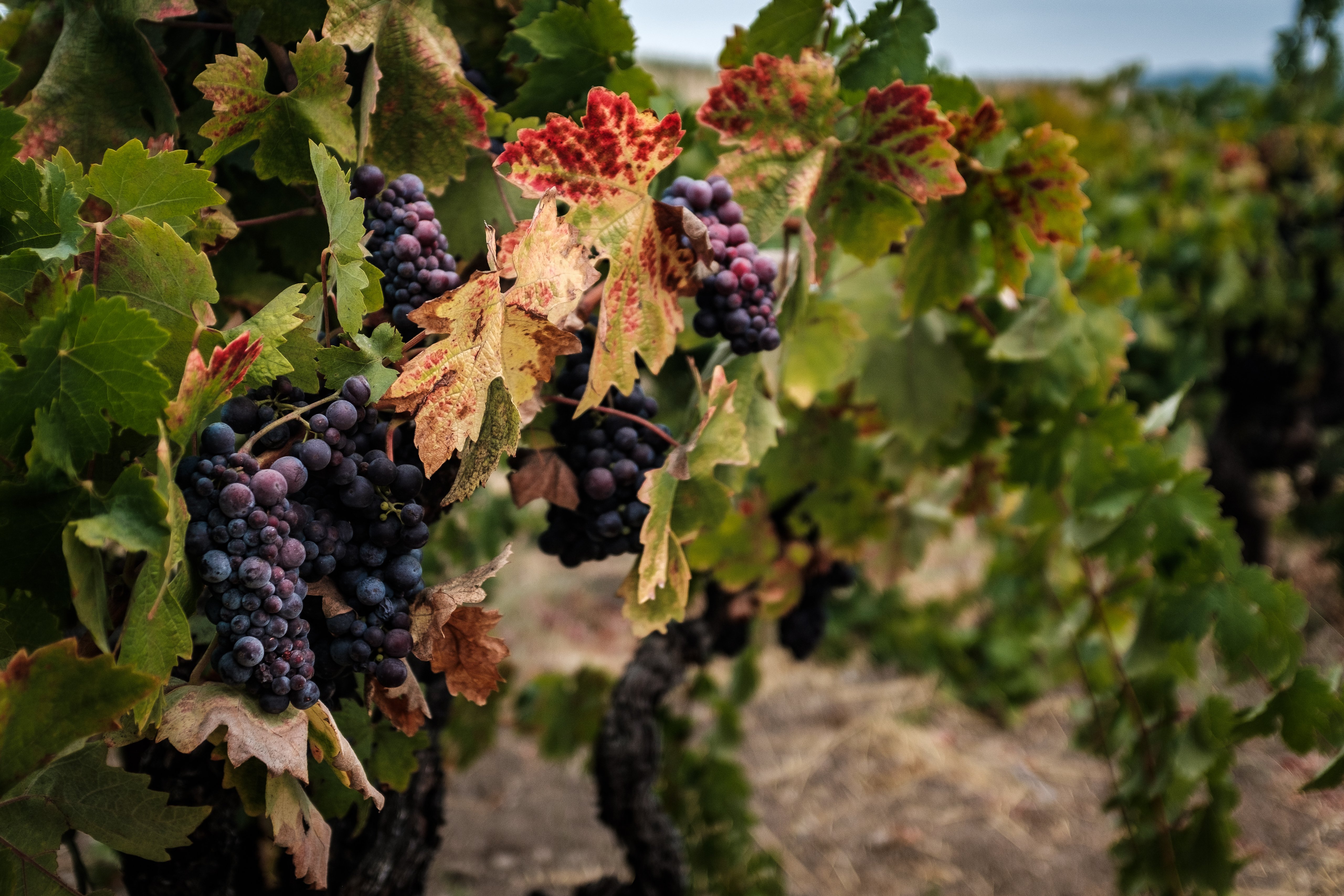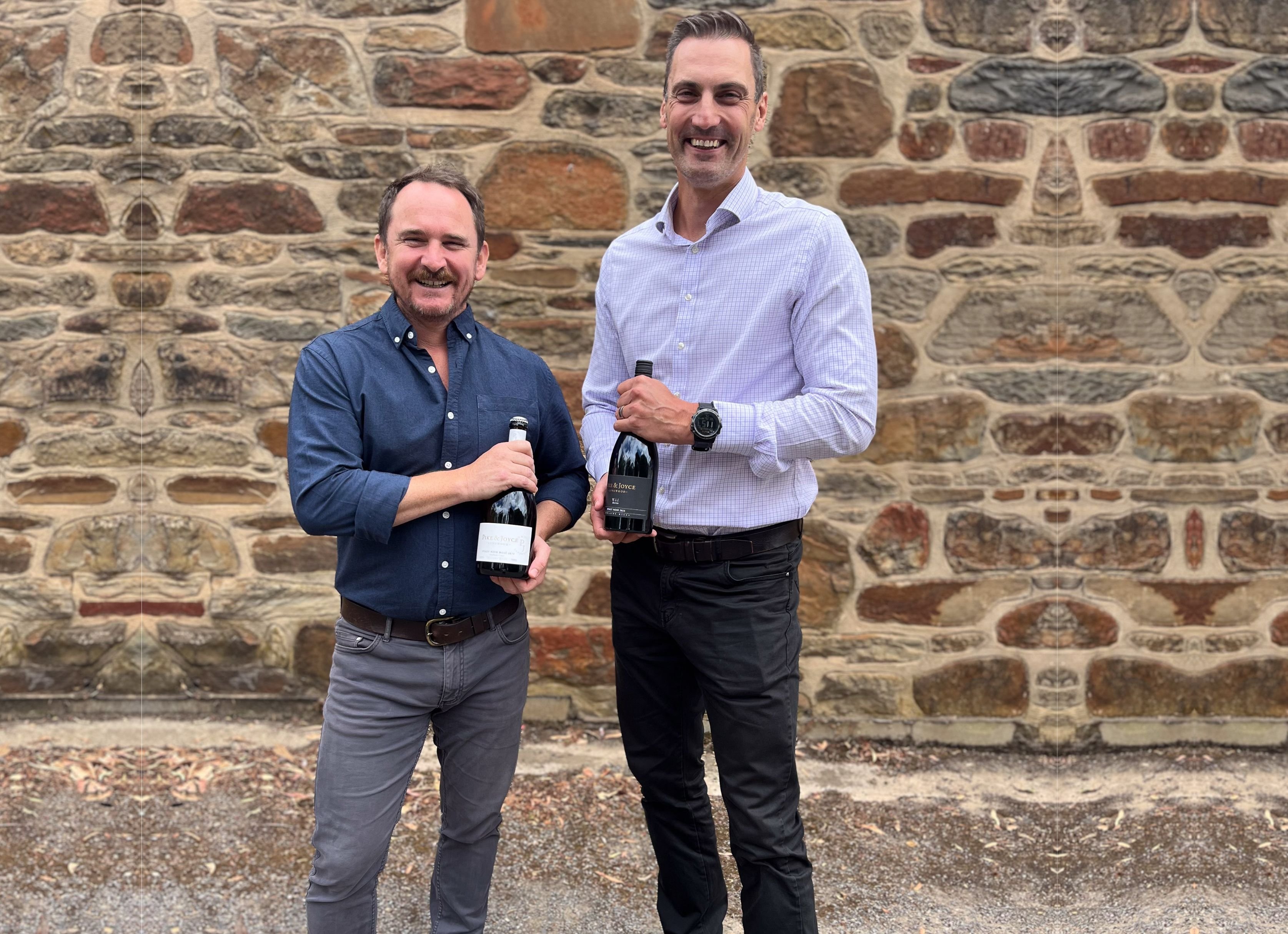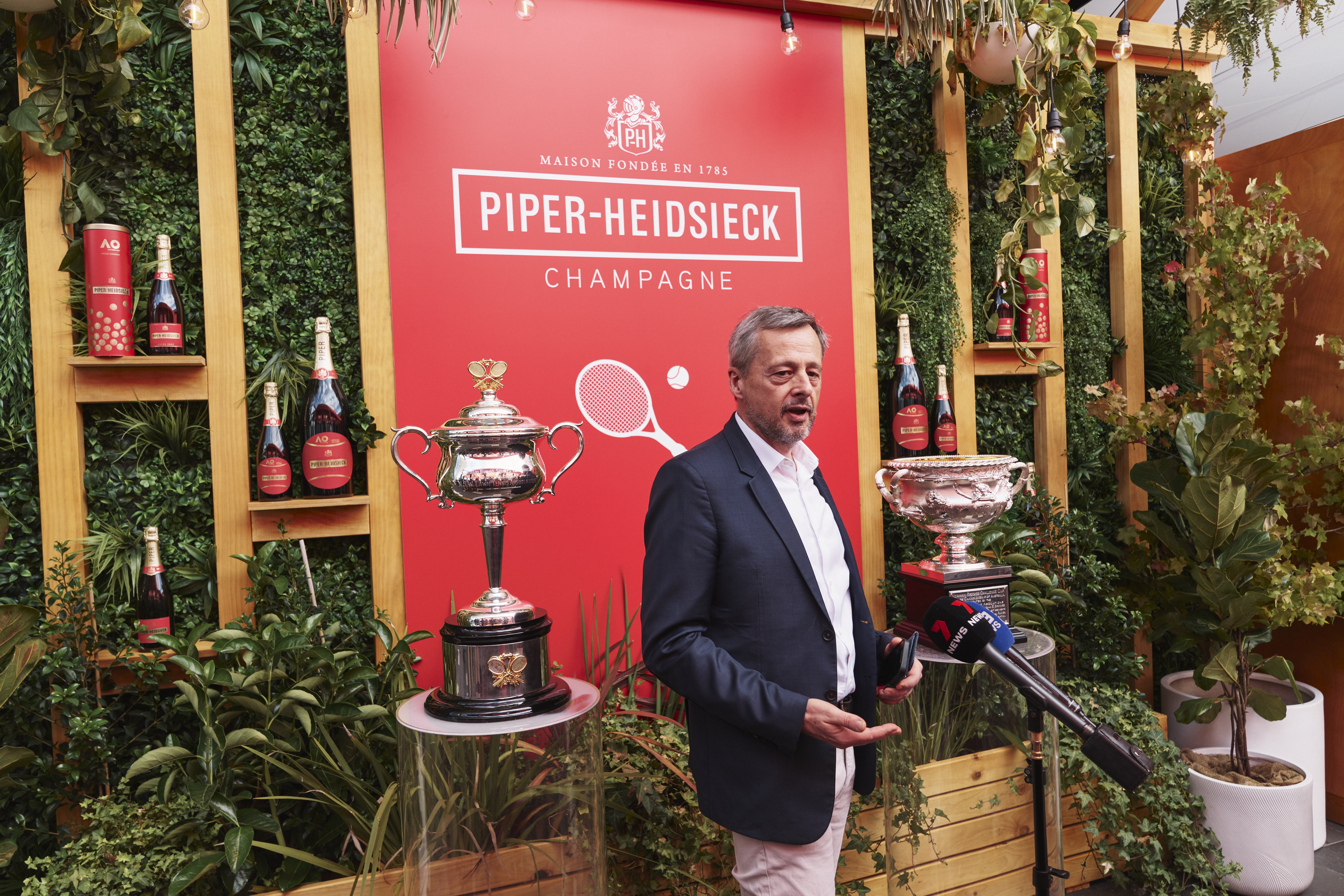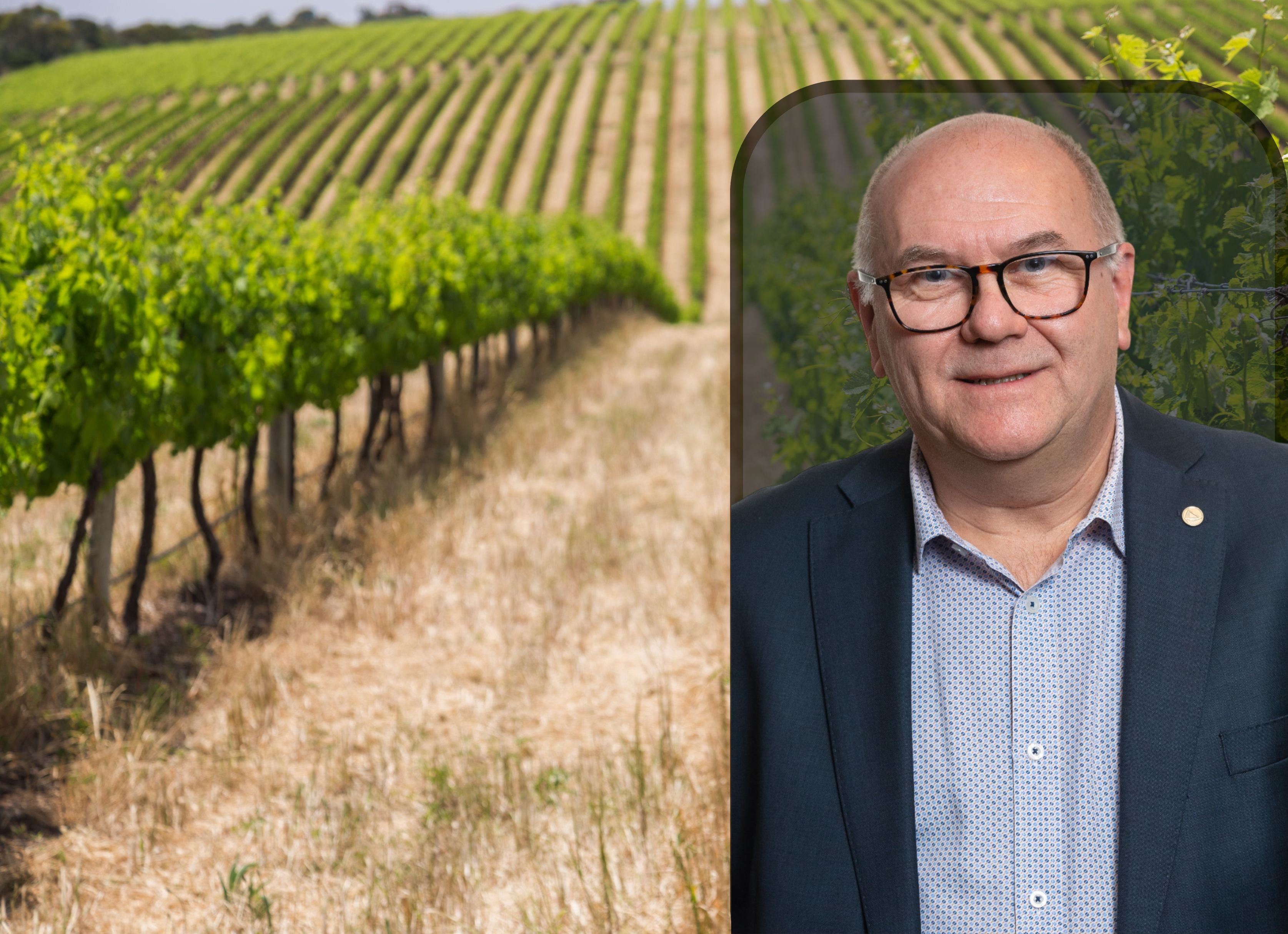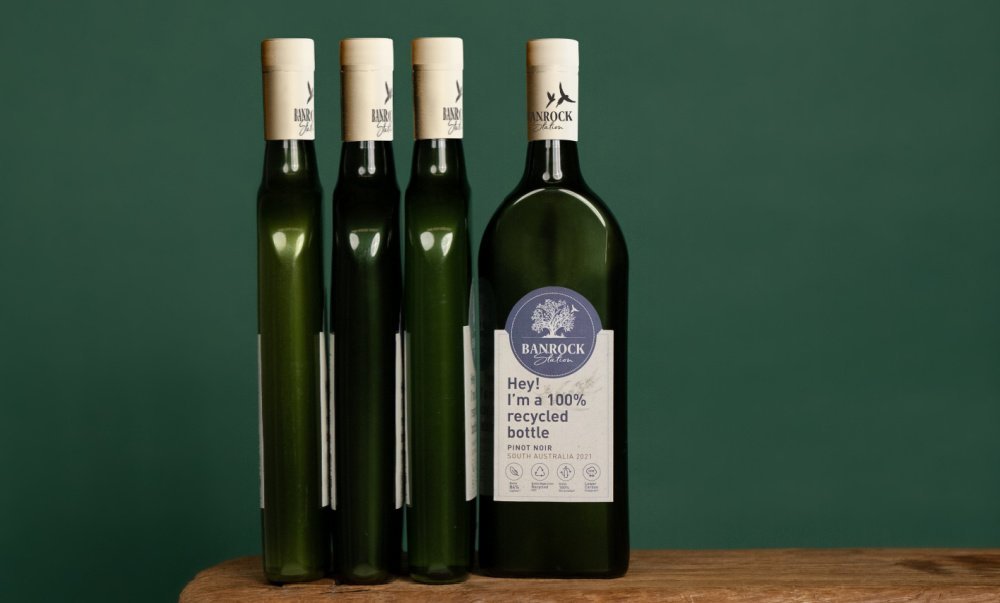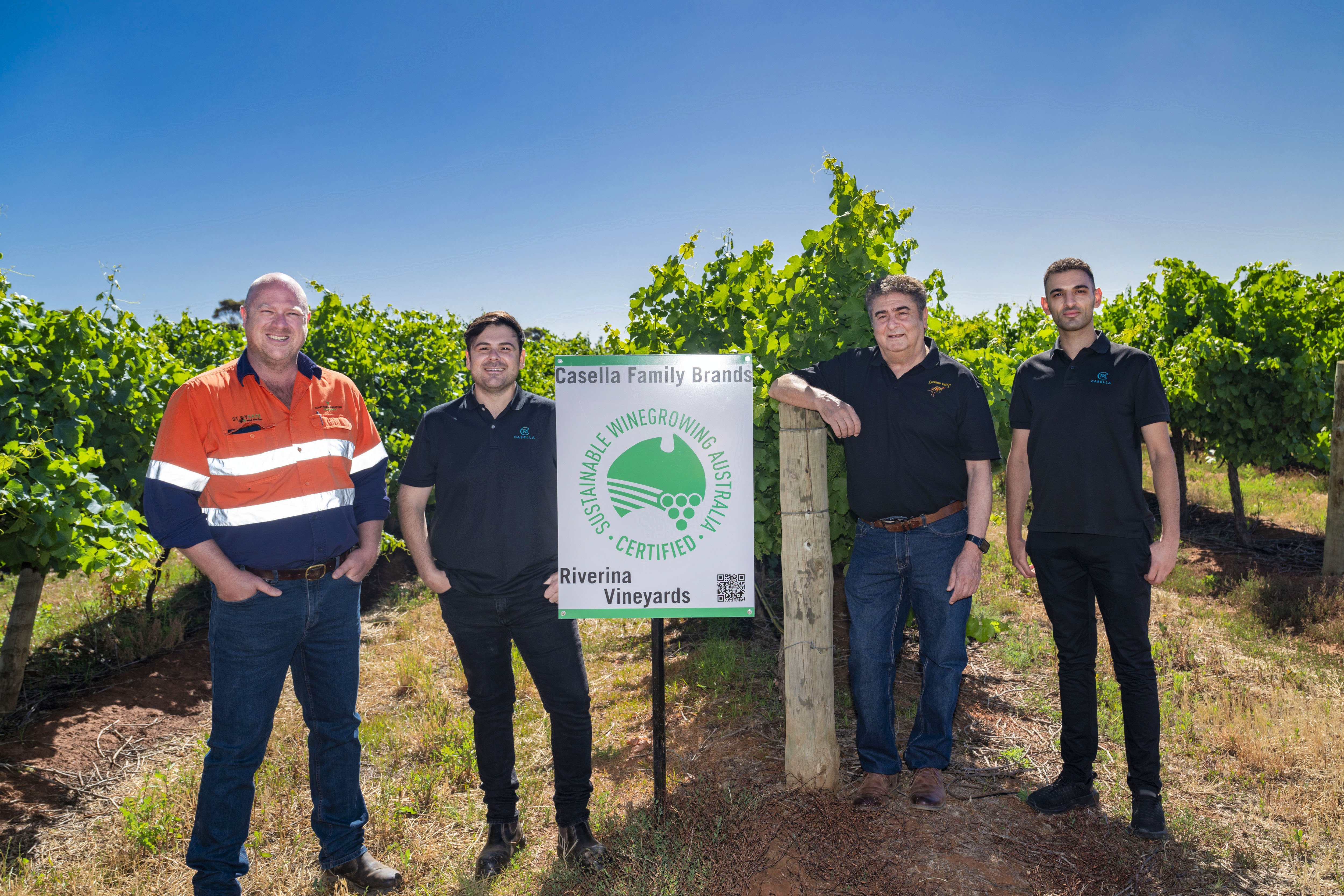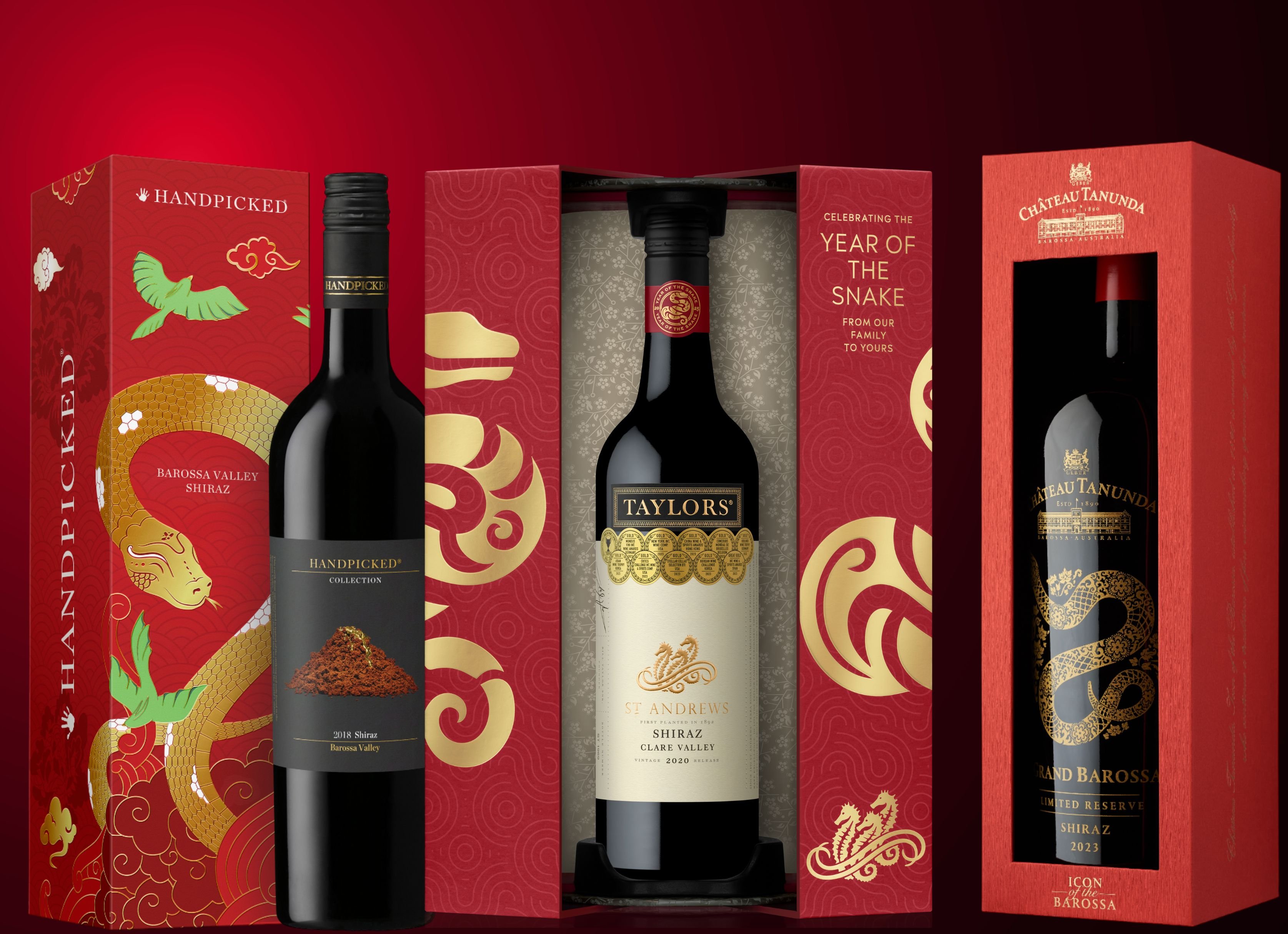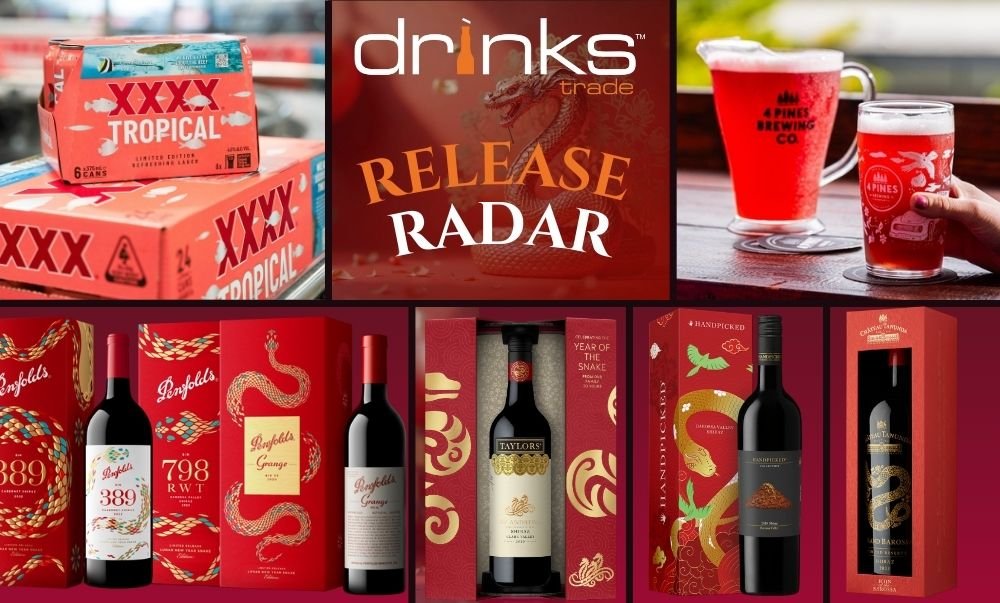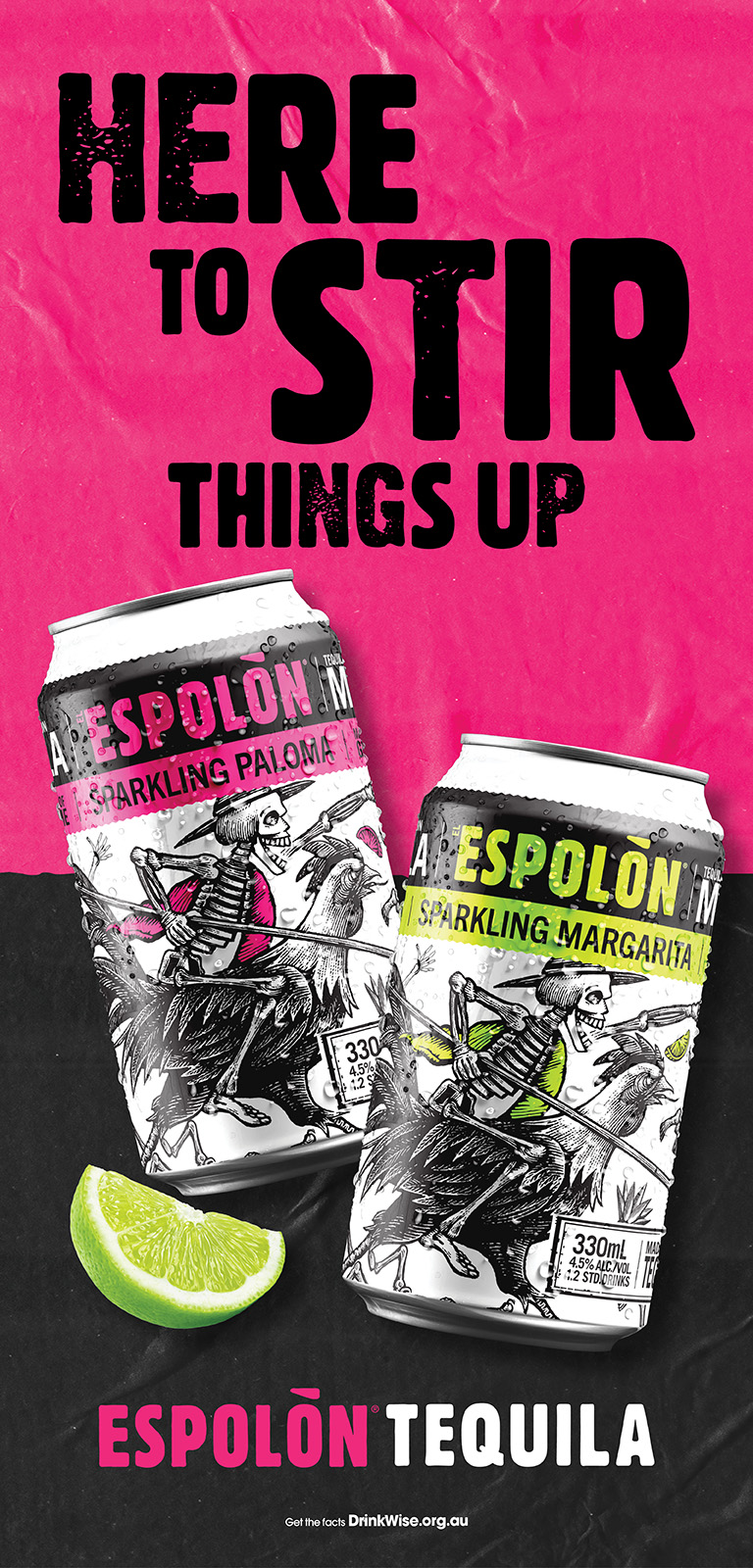One of the more interesting stories to have emerged as a result of the invention of grape DNA testing is that of Zinfandel, which for almost 150 years was believed to be a distinctly US grape variety. While doubts arose earlier, Zinfandel's connection to Europe wasn't confirmed until 1993, when a 'DNA fingerprinting' study led by Carole Meredith discovered it to be genetically identical to the southern Italian variety Primitivo. Seven years later, Meredith and her team extended the investigation to Croatia, where it found Primitivo/Zinfandel to be a parent of indigenous Plavac Mali. The next year, the investigation proved Croatian grape Crljenak Kaštelanski to be genetically identical to Zinfandel and Primitivo in what was likely its original home of Kaštel Novi.
To this day, US Zinfandel, Italian Primitivo and Croatian Crljenak Kaštelanski are all produced in distinctive styles following differing traditions and methods.
“There's been some mutation of the vines when it went from Croatia to Italy, and the Primitivo clone/the type of Zinfandel which is Primitivo, is generally darker and heavier, very old-fashioned, very rustic; where as I see the Zinfandels in California [in] two styles,” said David Lowe, Winemaker at Lowe Wines in Mudgee.
Drinks Trade reached out to Lowe for this story due to his self-professed obsession with the Zinfandel grape, which he says began during his stint working at Peterson Winery in Sonoma, California. According to Lowe, there are two generally accepted styles of US Zinfandel on the market.
“There's what we call the ‘Dolly Parton’: they're hugely alcoholic, very sweet, almost vintage port Zinfandels out of some parts of California, which I don't like; and there's the more subtle, finer, still high alcohol but not so heavy [styles] and I'd go for those. These ones have power, but they age really gracefully.”

Regarding the expressions from Puglia, Lowe said: “The Primitivo thing is very Italian, and people love it, because it's got its raw traditional [personality]... It's pretty well made as a young red and people think it's a safe bet because it's as Italian as you get and it's had as a young wine. But there's never a pretension to make it as a serious wine that needs four to five years of bottle age.”
Despite being considered a distinctly US winegrape variety since the 1850s and with some estimates pre-dating that by a further 20 years, Zinfandel tends to not be associated with quality. Similarly, Primitivo tends to be fruit-forward and budget friendly. David Lowe says this is partly due to its bulk wine association, saying “there is no worse a wine than the Zinfandel that is poor in the US.
“Because it over-crops and because it is a fickle variety, it often makes very cheap sweet jug wine rosé… People have had a bad experiences particularly with in the UK when they sell Zinfandel from California into UK, but it's quite weak and cheap,” he said.
Despite this, the current vintage of Lowe’s flagship wine, the Lowe Zinfandel 2021, retails for $95.
“We realised that, geologically, [in Mudgee] we were very similar to Sonoma where the great Zinfandels were made… I have always been a fan of those Californian styles. There's some rubbish, but there's some great ones,” he said.
While not traditionally a grape variety well suited to further ageing, Lowe has also released a 2017 vintage of its Zinfandel, maintaining that the variety has the capacity to continue to age for up to another decade.
According to David, one of the unique factors underpinning Zinfandel is that it requires a proactive approach in the vineyard to keep yields down.
“It doesn't really matter where you grow it, it's a critical point is that you grow it in this method of bush vines/bonsai/limited irrigation that will guarantee you a wine of great character, because there're plenty vineyards where they grow it like a conventional vineyard for productivity and [with] trellising and high yields and it always fails,” said Lowe.
“We did some things that were quite different for Australia at the time: we planted it without irrigation, we pushed organic certification, and we planted them without trellising… and we have to routinely remove crop as well on top of that.”
Despite being cheaper to establish due to not depending on a trellis system, bush vines are less economic in the long run due to the reduced productivity.
According to Lowe, “the productivity is about a quarter of conventional, so the yields are extremely low. You have to basically prune the vines back to a bonsai form every year, you have to hand-pick it, you can't machine prune it, you can't machine pick it, so it picks up additional cost with labour.”
Lowe Wines is one of only a handful of producers currently growing Zinfandel in Australia.
“There's about eight producers in Australia. All of us have been - in our own way - innovative because [Zinfandel] hasn't been popular, but there's enough people who've heard of us are intrigued by it,” said Lowe.
"It's an American grape variety, so [consumers] are intrigued to see how an Australian goes with an American variety; even though we all know it isn't, I think it is because sometimes the world begins and ends in America."
//
Drinks Trade recently had the chance to trial both 2017 and 2021 vintages of Lowe Zinfandel. These were our final impressions of the two:
Lowe Zinfandel 2021: Ripe red plum, olive tapenade, cherry cola. spice-laced fruit. florals interplayed. all about the loud flavour profile. soft plush, rich, and punchy
Lowe Zinfandel 2017: A wine that’s all about the balance of flavours - brighter fruits seem to be trying to claw their way back against the spicy plum, dried cassis, black olive, leather. some wild-flower florals hinting at freshness. loads of spice dusting the fruit

Share the content
